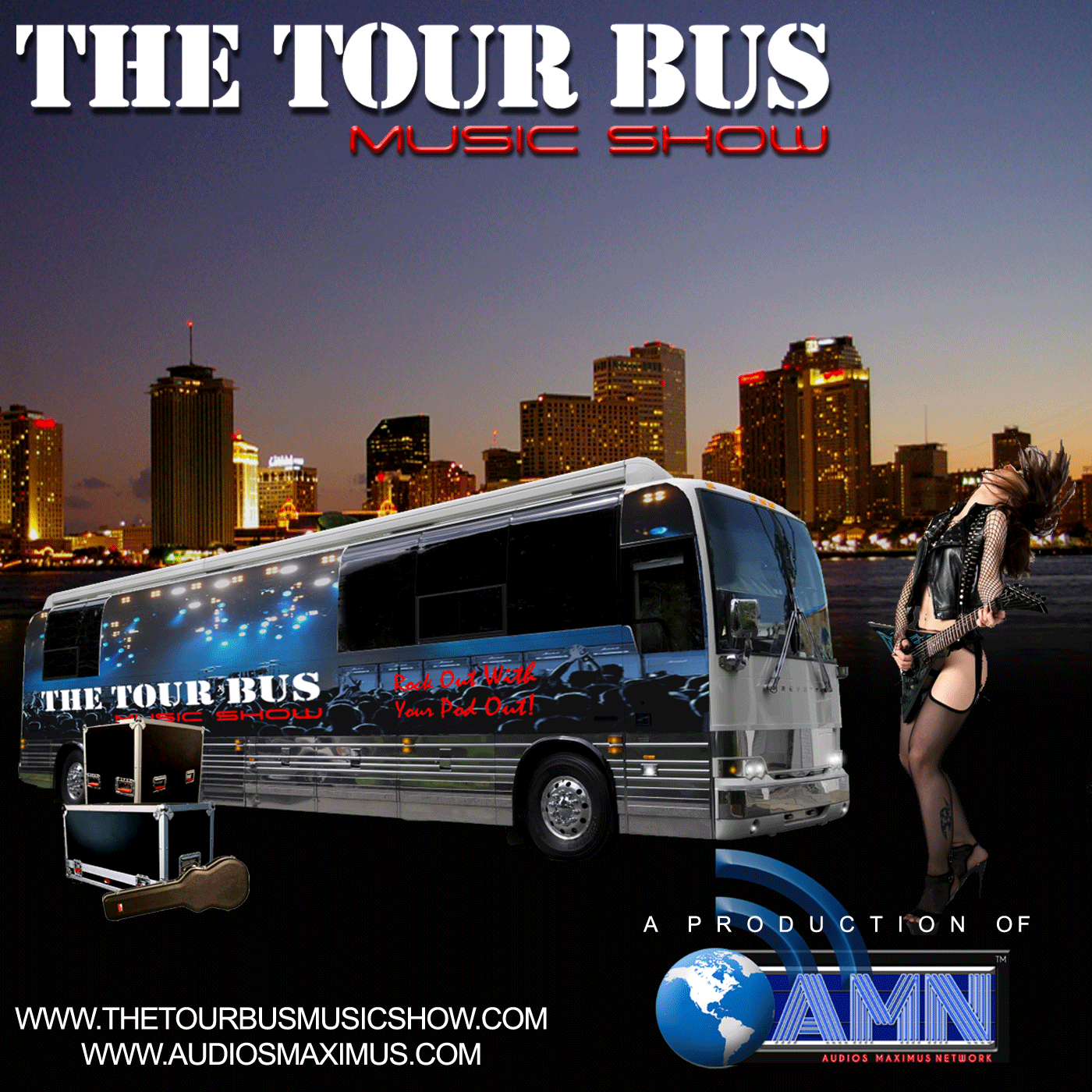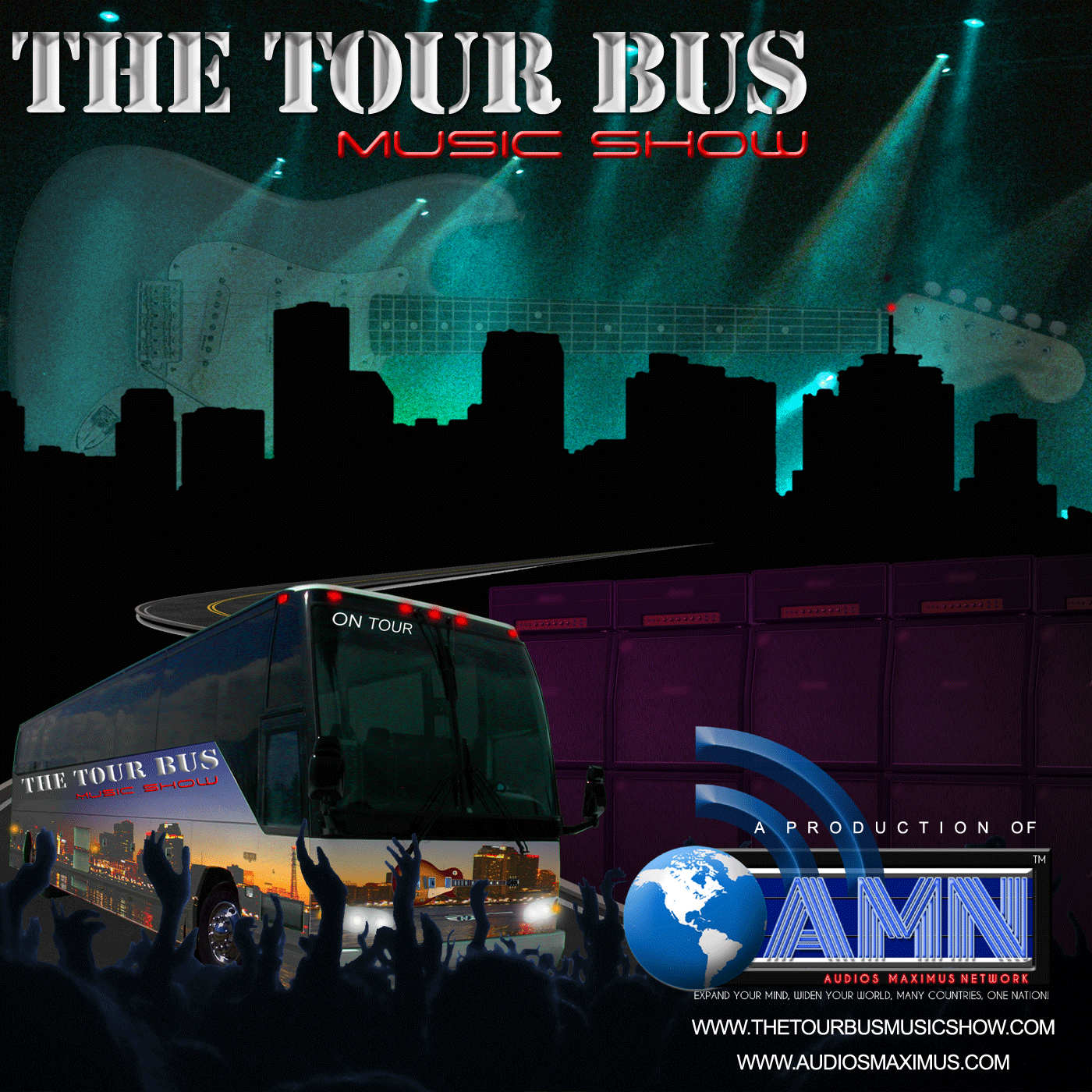Echoes Of Laughter – Episode# 8 – Havin' A Hand Slappin', Foot Stompin' Good Time At Opryland USA
Description
It has been referred to as the “Home of American Music”, “America’s Musical Showpark” and promised “Great Shows, Great Rides and Great Times”. The park originally opened with 120 acres of rides and attractions. It opened on June 30, 1972 and remained open until December 31, 1997. At the parks peak in the late 1970’s and early 1980’s the park enjoyed the attendance over 2 million guests annually. Welcome to Opryland USA.
Opryland USA, which was usually referred to as Opryland was born due to the popularity of its namesake The Grand Ole’ Opry and the move of the Opry from its long time location at the Ryman Auditorium to its current location at the Grand Ole Opry House. But before we tell the story of the park, we’ll tell the story of The Grand Ole Opry itself…
Stepping back it in time we go back to the Roarin’ 20’s, 1925 to be exact. The Grand Ole Opry started out as the WSM Barn Dance. What was WSM you may ask? WSM was an AM radio station owned by the National Life & Accident Insurance Company. The radio studio was housed on the fifth floor of their building in downtown Nashville, Tennessee. In October of 1925 the station began a program featuring “Dr. Humphrey Bate and his string quartet of old-time musicians”. A couple of weeks after the program aired WSM hired what would become their long-time program director and announcer George D. “Judge” Hay. Hay wasted no time, after coming on board he quickly recruited the seasoned 77 year old fiddler Uncle Jimmy Thompson and then on November 28, 1925 and re-launched the WSM Barn Dance, and although the phrase would not actually be mentioned on air for another 2 years, that date is credited for being the official birth date of The Grand Ole Opry.
During the 1930’s the popularity of the program led to many artists, who would later become country music legends, performing on the Opry as well as the length of the Saturday night show being extended to 4 hours. Being broadcast at that time at 50,000 watts, the show became a staple in homes in 30 states eventually becoming a national show when it was picked up by NBC Radio in 1939. All the time this was happening, the live audience of the show grew quickly leading the show to being moved from its original studio to larger and larger venues to accommodate the audience size. Eventually the audience grew to such a size that measures were taken to control attendance by charging a 25 cent admission charge. That, having little effect to dissuade attendance, led to the show being moved to the Ryman Auditorium. It was during the Ryman years that music legends such as Hank Williams (who was eventually banned in 1952 due to his alcohol problems), Patsy Cline, Roy Acuff, The Carter Family, Bill Monroe, Ernest Tubb, Kitty Wells, Minnie Pearl and many others came to be frequent performers on the Grand Ole Opry Stage.
The Opry’s growing attendance numbers due to its popularity along with deterioration issues with the Ryman Auditorium led to the decision to find a new home for the show. It was decided by WSM, Inc., the operator of the Opry that it would be relocated nine miles east of downtown Nashville, on a tract of land that was owned by a sausage manufacturer (Rudy’s Farm) in the Pennington Bend area of Nashville, it was also decided to build a theme park and hotel/convention center with the new Grand Ole Opry House becoming the crown jewel of the grand entertainment complex. Ironically, the theme park would open on June 30, 1972 prior to the Grand Ole Opry House debuting there on March 16, 1974.
The park would receive its original name from WSM disk jockey, Grant Turner’s early morning show, Opryland USA, with its own name honoring the stars of the Grand Ole Opry.
Although the Grand Ole Opry had always dedicated itself to mostly featuring traditional, conservative Country Music (with only a couple of exceptions); Opryland USA’s overall theme was more of a generalized blend of American Music consisting of bluegrass, gospel, jazz, pop and rock and roll with the theme carrying through not only to the rides but the shows as well. As a matter of fact the Rock N’ Roller Coaster was a opening day attraction.
WSM’s bet paid off in a big way as the entire complex proved extremely popular and spurred its first expansion in 1975. In a move that would fit right in with culture of the park the “State Fair” area was created featuring carnival games, the Wabash Cannonball roller coaster, the Tennessee Waltz swing ride and the Country Bumpkin Bumper Cars. As would become the norm because of the parks limited size, the park would have to remove an attraction in order to add a new one. In this case it was the park’s buffalo exhibit that would disappear in favor of the new attractions. But the Wabash Cannonball roller coaster would prove to be one of the favorite rides at the park until it’s closure 22 years later.
In a setback for the park for its 1975 season, not too long before the park was set to open the Cumberland River experienced a large flood that inundated most of the park with some areas submerged by up to 16 feet of water. Fortunately, the park was able to recover from the flood quickly with the opening day being delayed only for one month, but on a sadder note several of the animals from the petting zoo did not survive the ordeal.
Attendance continued to grow throughout the 1970’s and into the 1980’s partly due to the parks location and its ability to draw guests throughout Tennessee and several surrounding states being that there were no other comparable parks within a reasonable driving distance. Most other parks such as St. Louis’s Six Flags over Mid-America, Charlotte’s Carowinds, Atlanta’s Six Flags over Georgia and the northern King’s Island in Cincinnati were a 4 to 6 hour or more drive making them impractical for a day trip.
As park attendance grew and attractions grew, it ushered in the need for a hotel in order to keep guests onsite for more than a day. In 1977 the Opryland Hotel, a large resort hotel, was built next to the park. Then in 1979 the Roy Acuff Theater next door to the Grand Ole Opry House in the plaza area and w
























